
Teaching and learning resources for the construction industry with NVQ and Diploma Assessment Criteria
Using Sanding Block or Hand Sanders you will achieve a better finish by applying even pressure across the whole surface area.
Sander head are very similar to hand Sanders and similar to load, ideal for sanding down ceilings and floors and are used with an extension pole.
Hand and head Sanders have a large surface area for the glasspaper enabling you to cover large areas with a firm even pressure very quickly.
There are many types of blocks and hand sanders out there doesn’t matter which one you choose glasspaper needs to be loaded correctly otherwise this will result in a poor quality finish and reduce the life of the classpaper.
You can purchase ready-made Sandpaper Sponge Sanding Block which comes in various sizes and shapes.

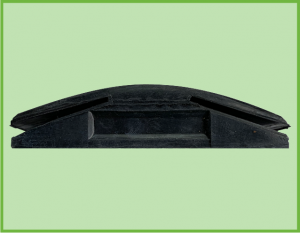
Rubber Sanding Block
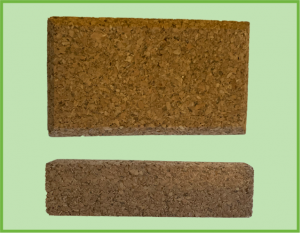
Cork Sanding Block
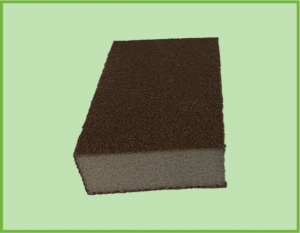
Sandpaper Sponge

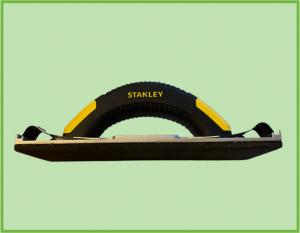
Hand Sanders
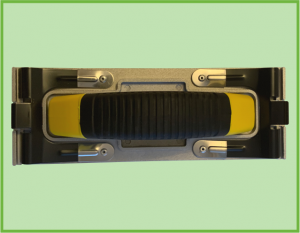
Hand Sanders
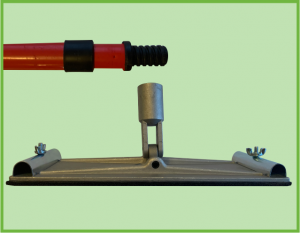
Head Sanders
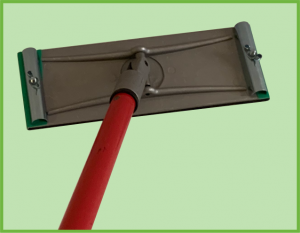
Head Sanders with Pole
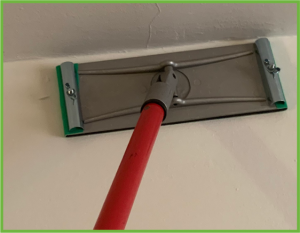
Head Sanders with Pole

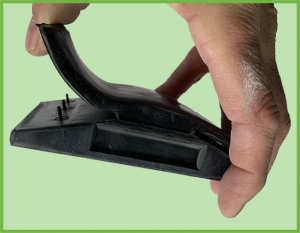
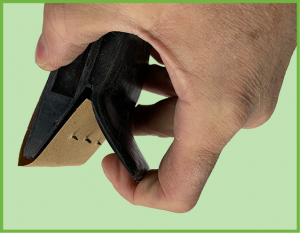
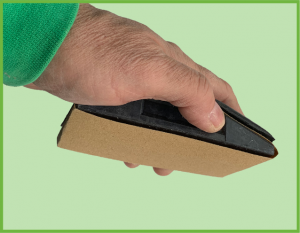

Step 1
Measure the surface area of the sanding block, marked the measurements on the back of the glasspaper and cut with scissors or with a craft knife remembering to cut away from yourself and on a cutting board.
Step 2
Rubber Sanding Block needs end flaps to be lifted so you’re able to secure glasspaper onto the retaining pins, for the Cork Sanding Block you simply fold over the glasspaper to the centre of the block
Step 3
In both cases, the final step is to ensure that the glasspaper is tight to this sanding area this will help you to apply even pressure.
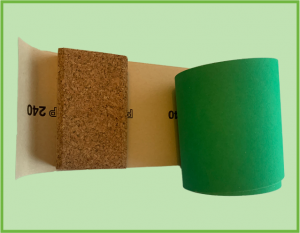
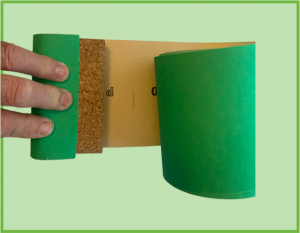
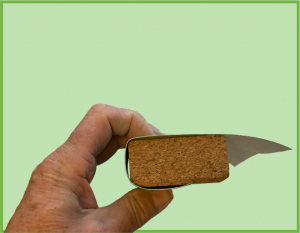
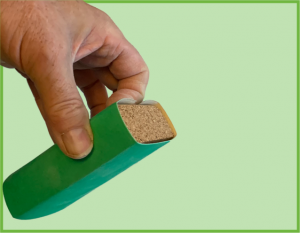
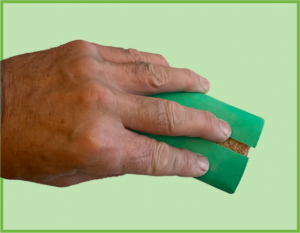
Glasspaper for Hand and the Head Sanders can be purchased specifically for that hand sander, a cheaper alternative is to follow the following steps
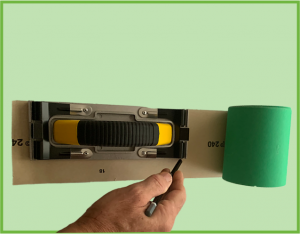
Hand Sanders Step 1
Step 1
Place the sander onto the backing of the glasspaper of your grit choice, simply draw a line along the longest edge making sure it is long enough to go into the clamp or wing nut clamp version.
Step 2
Cut the glasspaper with a pair of scissors or with a craft knife, remembering to cut away from yourself and on a cutting board.
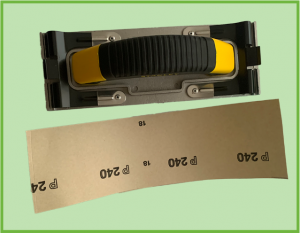
Hand Sanders Step 2
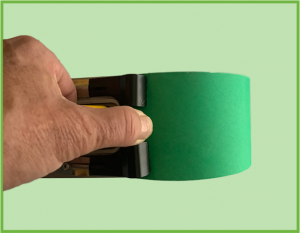
Hand Sanders Step 3
Step 3
Place one end of the glasspaper underneath the clamp or wing nut clamp version making sure that you have squarely placed into the fixing position.
Step 4
Extend the glasspaper so it’s flush and tight to the surface, you could achieve this by placing it down onto a flat surface.
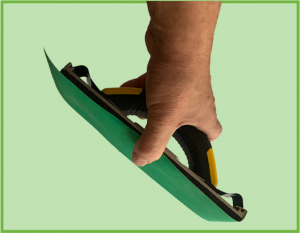
Hand Sanders Step 4
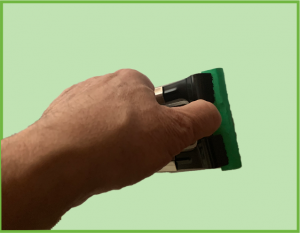
Hand Sanders Step 5
Step 5
The final part is to open up the opposite fixing point whether it be a clamp or wing nut clamp version, keeping the glass paper under tension secure the opposite fixing point.
The backing of the glasspaper on the Hand or Head Sanders should be in line edge of the sander and have no gap between the backing paper and the surface area of the sanding tool.
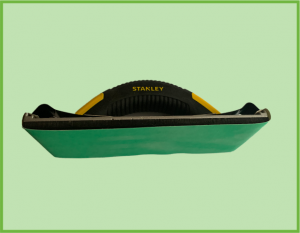
Hand Sanders Side View
The Head sander is very similar to the Hand Sanders both have a clamp or a wing nut clamp for securing the glasspaper.
Head Sanders are designed with a swivel head which makes it easier to manoeuvre around large areas and awkward places.
The quick-release system on some Hand or Head Sanders is an advantage over the wing nut clamp for quick replacement of glasspaper.
Using extension pole is useful when sanding down floors or ceilings can be used on walls but, you can do the job just as quick with just a hand sander.


Head Sanders

Head Sanders with Pole

Head Sanders with Pole

Just like glasspaper, sandpaper sponges come in different shapes, sizes and grits.
Grit is on all four sides of the sanding sponge, which enables you to have two different size sanding areas which come in coarse, medium, and superfine the grit.
Sanding sponges can be used for wet or dry sanding and can be shaped to the profile of the surface which is handy for architrave and grooves in mouldings.
The sanding sponges can be washed out when they get clogged up with dust and can be reused after they have dry out

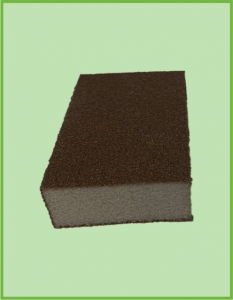
Sandpaper Sponge
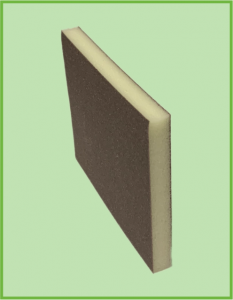
Sandpaper Sponge Pad
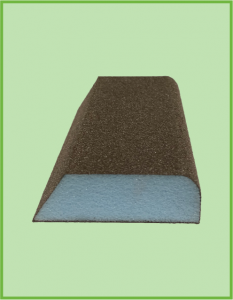
Sandpaper Sponge
